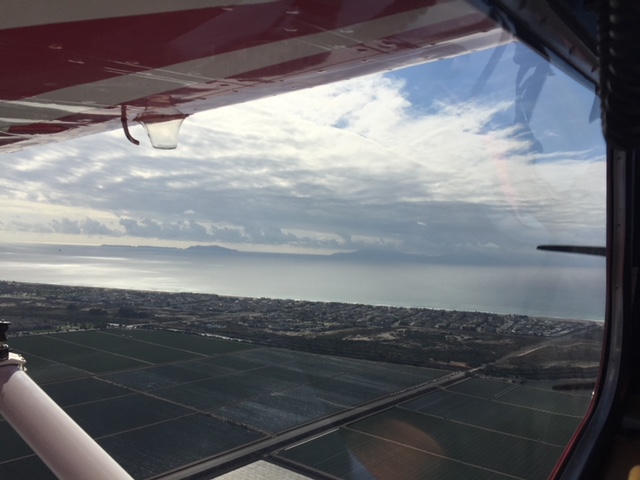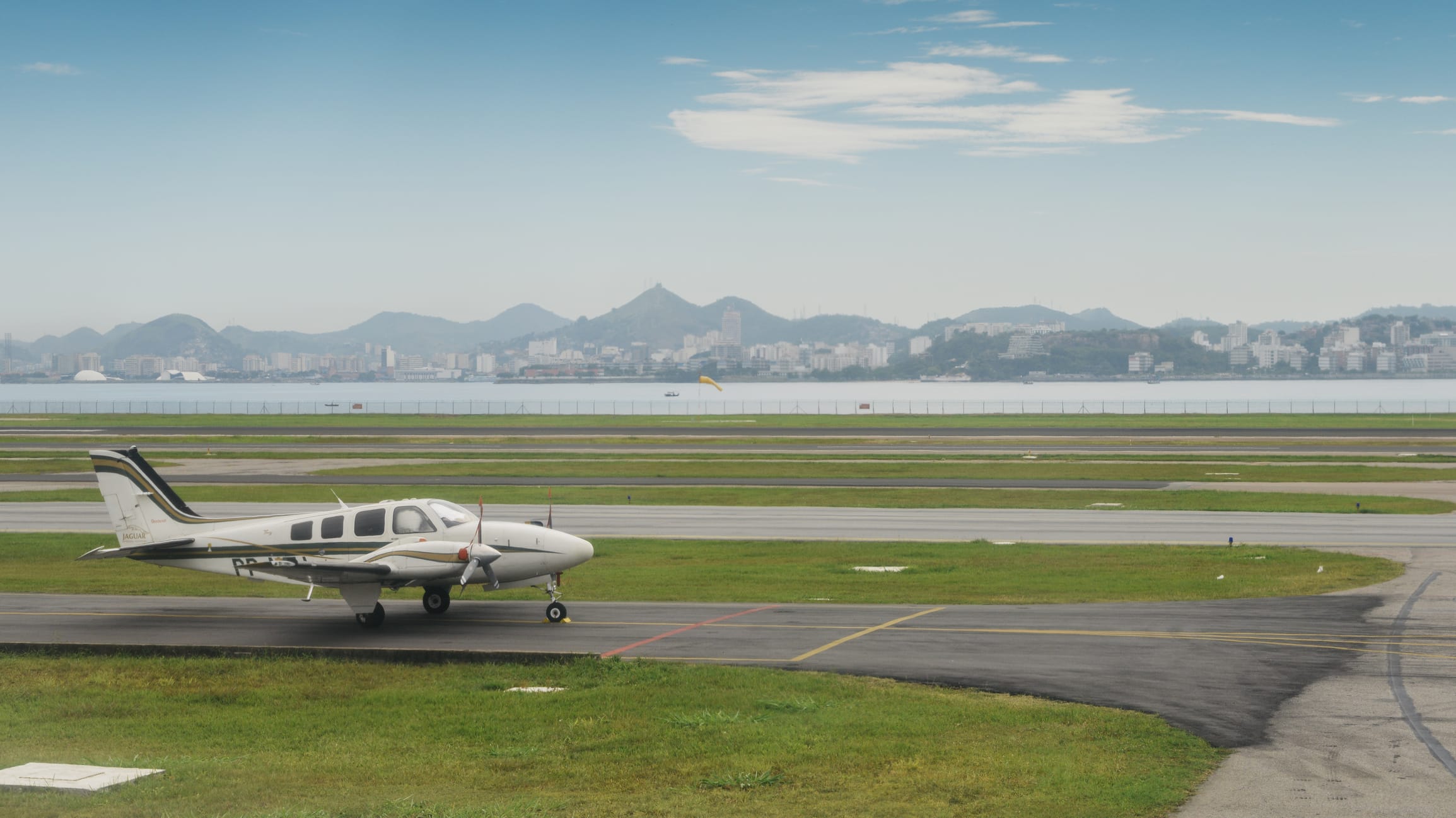[lwptoc]
What is a sterile cockpit/sterile flight deck? It’s a daily part of life for many pilots on every flight. If you have ever been on an airline flight, it has affected you, too. Understanding the sterile cockpit rule not only helps you to become a better pilot, but a more effective crew member, flight attendant, or airline employee. In the event you are a passenger, having a strong comprehension of the sterile cockpit rule and what it involves can help you assist the pilot in maintaining it. The sterile cockpit rule is a safety reality for everyone on board an aircraft.
What is the Sterile Flight Deck Rule?
A “sterile” flight deck does not have anything to do with sanitation. Rather, it is the practice of maintaining a quiet and distraction free aircraft at key points of a flight. Most often, this takes place during takeoff and landing, when the workload of aviating is the most intense and the pilot must concentrate very closely. As the Federal Aviation Administration (FAA) defines it, these phases of flight are taxiing, taking off, landing, and all aspects of aviation below 10,000 feet (unless that is the level of cruise flight.)
While some student pilots might nervously grip the yoke and never move their eyes from the cockpit windows and instruments, longtime pilots who fly the same aircraft to familiar airports day after day are often tempted to relieve the tedium with whoever is in the cockpit. While accomplished professional pilots can often complete general tasks with diverted attention, it is never a good idea.
Since the attacks of September 11, 2001, the FAA demands that pilots lock flight deck doors unless under certain circumstances. Most airliners are equipped with lights to alert flight attendants when a flight is above 10,000 feet and therefore is no longer “sterile”; this means they are permitted to call in to the cockpit with non-emergency questions or requests. Sometimes, a member of the crew will issue a call via interphone to let flight attendants know that 10,000 feet has been attained. In some situations, such as at high altitude airports, the allotted time might change; for commuter airlines or flights in which the cruising altitude is below 10,000 feet, the cockpit is no longer sterile when cruise is attained.
In small airplanes without a closed-door cockpit, the procedure is different; a pilot might politely ask passengers to hold off on asking non-essential questions or making extraneous comments until the airplane is safely in cruise flight.
A sterile cockpit does not mean the pilot does not speak as some communication with crewmembers or air traffic controllers might be necessary or they cannot exchange information with a few brief sentences. Instead, a sterile flight deck is free of unnecessary small talk, allowing the crew to prioritize tasks and remain alert for anomalies and the complex work of safely getting an airplane in the air or on the ground.
History of the Sterile Cockpit Rule
When aviation was new, there were not many opportunities for pilots to chat or catch up on their reading in the cockpit. The earliest airplanes were extremely noisy, with wind and engine noise cascading into open cockpits, and pilots needed to listen intently to staticky radio signals in order to gain information from the ground. However, cockpits transitioned to a closed design and automation became the rule as the number of people on an aircrew began to increase.
The National Transportation Safety Board, which investigates transportation accidents in the United States and works to avoid them, has found that air crews operate best and most safely when their conversation is task-oriented. For some time, it has been generally agreed in aviation circles that it is best to steer clear of unnecessary conversation or extraneous cockpit activities, such as eating, reading non-essential material, or small talk. However, accidents took place when pilots failed to lower landing gear, set the airplane’s flaps, or engage anti-ice procedures—all because they were distracted.
The FAA enacted FAR 121.542 as well as FAR 135.100 to create “the sterile cockpit rule.” This has the force of federal law, and sets aside the critical phases of flight as a time to avoid unnecessary tasks. It is the responsibility of the pilot in command (PIC) to enforce the sterile cockpit rule, but any crew member is encouraged to speak up, particularly in pre-flight briefings, if behavior has become lax.
What About Multitasking?
The best pilots are indeed multitaskers. They must speak with air traffic controllers, maintain level flight, watch the weather, and navigate—sometimes all while managing an emergency. However, this does not mean it is wise to invite further and unnecessary distractions into the cockpit.
Studies show that most people simply are not as good at multitasking as they assume. That is surprising to many, since we are accustomed to watching TV while scrolling through social media or listening to music or a podcast in the midst of a mindless task. However, asking the brain to shift full focus between different goals and procedures increases mistakes as well as response time. The brain also tires more quickly, making it more difficult to concentrate even on one job. For a pilot, that is unacceptable. The complexity and attention required of safe and efficient aviation favors a sterile flight deck.
Ready to soar in your aviation career?
Mr. Matthew A. Johnston has over 23 years of experience serving various roles in education and is currently serving as the President of California Aeronautical University. He maintains memberships and is a supporting participant with several aviation promoting and advocacy associations including University Aviation Association (UAA), Regional Airline Association (RAA), AOPA, NBAA, and EAA with the Young Eagles program. He is proud of his collaboration with airlines, aviation businesses and individual aviation professionals who are working with him to develop California Aeronautical University as a leader in educating aviation professionals.

